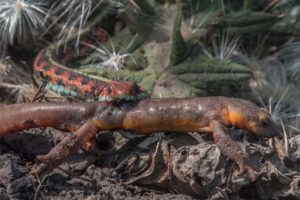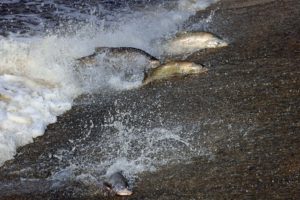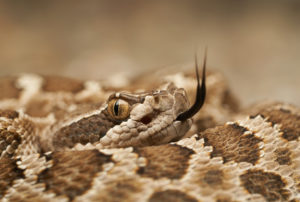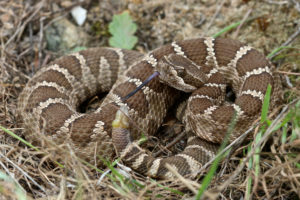No one can accuse me of being an early adopter—the kind of person who rushes to embrace new technologies. I didn’t get my first computer until 1991, I don’t have an iPod, and social networking still means meeting colleagues face-to-face. So it’s no surprise that when I wanted to communicate my passion for nature, I chose the medium of print and cofounded Bay Nature. . . at the height of the dot-com boom.
But even this technophobe is excited that Bay Nature is finally taking full advantage of the power of the Internet to make the content we’ve developed over the past eight years more easily accessible to a wider audience online—and to have those stories connected to our new database of more than 2,000 public parks, a directory of more than 300 local organizations, and a nature-related events calendar. That’s the intention of BayNature.org, the new website we launched in early June.
Unlike a news magazine, Bay Nature publishes stories that aren’t particularly time-sensitive: The article we ran in October 2001 about coho salmon in West Marin is just as relevant—and inspiring—today as it was then. So it has always seemed a shame that those stories more or less disappear from view after three months, even though they’re still worth reading.
One of the most exciting aspects of BayNature.org, then, is that it brings this valuable content “back to life,” easily accessed by topic or location. And it makes these stories available to those who just don’t do a lot of reading of print media.
Even more exciting, the technology behind the new site lets us link those stories from the past with related events and developments in the present. So when you read that story about coho salmon, you’ll also be linked to a more recent news item about last year’s salmon run, as well as to a listing of an upcoming restoration workday on Lagunitas Creek, and information about other local groups doing salmon advocacy and creek restoration. Last but not least, you’ll find a link to our short video about coho in Lagunitas Creek. And if you want to find out about related activities in your own part of the Bay Area, just go to our searchable map to see what’s happening near you.
In the months to come, we’ll start adding more content developed specifically for the web. And we hope eventually to incorporate some of that new kind of social networking, allowing you to share your experiences in nature with us and with other visitors to the site.
Of course, no matter how cool the new Bay Nature website is, it’s just a tool for encouraging the “real” thing: getting outside and engaging with the landscapes and wildlife where we live.
While you’re out there in your big backyard this summer, you just might run across one of the snakes we profile in this issue. I realize that some people have a hard time with snakes, perhaps for the very same reason I find them so compelling: They’re just so different from us! To see a snake glide leglessly, and seemingly effortlessly, across a path and disappear silently into the grass is to understand, viscerally, that there are many ways for an organism to make its way in the world. I so enjoy seeing snakes in the wild that I used to promise my son and his friends an ice cream cone if they saw a live snake and pointed it out to me. And indeed, the first rattlesnake I ever saw in the Bay Area was on a hike with my son at Sobrante Ridge Regional Preserve in Pinole. If he’d stayed home at the computer, he would never have seen the snake . . . or had that ice cream cone.
So check out www.baynature.org, get inspired, and then go out and have a visceral experience in nature. And if you find a snake, the ice cream is on me.

.jpg)



